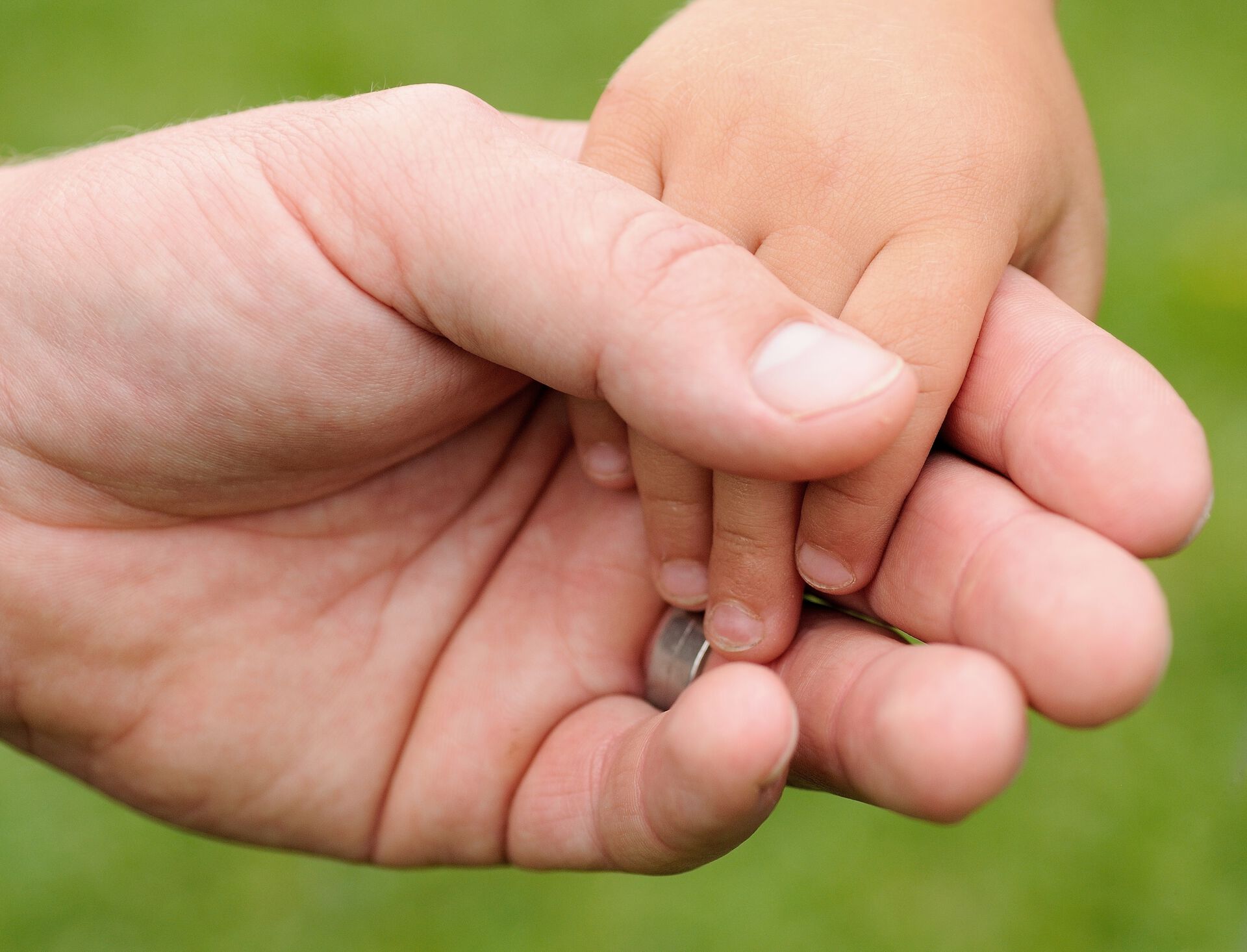Background
Childhood stuttering is common; affecting 1 in 10 children by 4 years of age.¹ While many children recover naturally from stuttering, up to one third of children will develop persistent stuttering that continues throughout life.²As there is currently no way of predicting who will recover and who will persist, effective early treatment is essential to reduce the likelihood of a child developing persistent stuttering.
The impetus for this innovative research is that a review of public health documents and our existing data³ revealed there are currently no procedures to guide early childhood health professionals (speech language pathologists (SLPs), health nurses, preschool teachers and educational psychologists) working with Norwegian preschool children who stutter. Internationally, there is also a lack of agreement regarding the most effective stuttering treatment for preschool children.
Aim of the Study
We will conduct the first randomised controlled trial (RCT) in Norway to determine the most efficacious treatment for preschool children who stutter. This will be the first RCT worldwide to compare two treatment approaches and a control group.4
Approaches to managing early stuttering differ internationally and can be separated into two main treatment approaches: direct and indirect. Direct treatment approaches are designed to address a child’s speech directly while indirect treatment approaches focus on modifying the child’s immediate surroundings to create a fluency-inducing environment. Both of these approaches are supported by clinical trial evidence5,6,7,8 however there is a paucity of RCT evidence to determine which approach is more effective.
Research questions
The study has two main research questions:
- What is the efficacy of direct stuttering treatment and indirect stuttering treatment compared to no treatment for preschool children?
- Does implementation of guidelines for stuttering management of preschoolers (based on results from our empirical study) result in changes in the practice of early childhood health Professionals?
Work packages
The present project consists of three work packages:
- Work package 1 is a meta-analysis of stuttering treatment studies. Outcomes will be used to identify the two experimental treatment groups examined in work package 2.
- Work package 2 is a randomized controlled trial (RCT) which will determine the most efficacious stuttering management approach for Norwegian preschoolers.
- Work package 3 is the implementation phase of the project. The aim of this work package is to implement evidence-based practice identified in work package 2 with early childhood health professionals involved in management of preschool children who stutter.
Funding
The EST-project is funded by the Research Council's Better Health and Quality of Life program. The study will run from 2017 – 2022.
References
1. Reilly S, Onslow M, Packman A, Cini E, Conway L, Ukoumunne OC, et al. Natural history of stuttering to 4 years of age: A prospective community-based study. Pediatrics. 2013;132(3):460-7.
2. Bloodstein O, Bernstein Ratner N. A handbook on stuttering. 6 ed. New York: Thomson Delmar Learning; 2008.
3. Guttormsen LS, Næss K-AB. Norske logopeders behandling av barnehagebarn som stammer. in progress.
4. Nye C, Vanryckeghem M, Schwartz JB, Herder C, Turner HM, Howard C. Behavioral stuttering interventions for children and adolescents: A systematic review and meta-analysis. Journal of Speech, Language, and Hearing Research. 2013;56(3):921-32.
5. Jones M, Onslow M, Packman A, Williams S, Ormond T, Schwarz I, et al. Randomised controlled trial of the Lidcombe programme of early stuttering intervention. bmj. 2005;331(7518):659.
6. Trajkovski N, Andrews C, Onslow M, O'Brian S, Packman A, Menzies R. A phase II trial of the Westmead Program: Syllable-timed speech treatment for pre-school children who stutter. International Journal of Speech-Language Pathology. 2011;13(6):500-9.
7. Millard SK, Edwards S, Cook FM. Parent-child interaction therapy: Adding to the evidence. International Journal of Speech-Language Pathology. 2009;11(1):61-76.
8. de Sonneville-Koedoot C, Stolk E, Rietveld T, Franken M-C. Direct versus indirect treatment for preschool children who stutter: The RESTART randomized trial. PloS one. 2015;10(7):e0133758.



